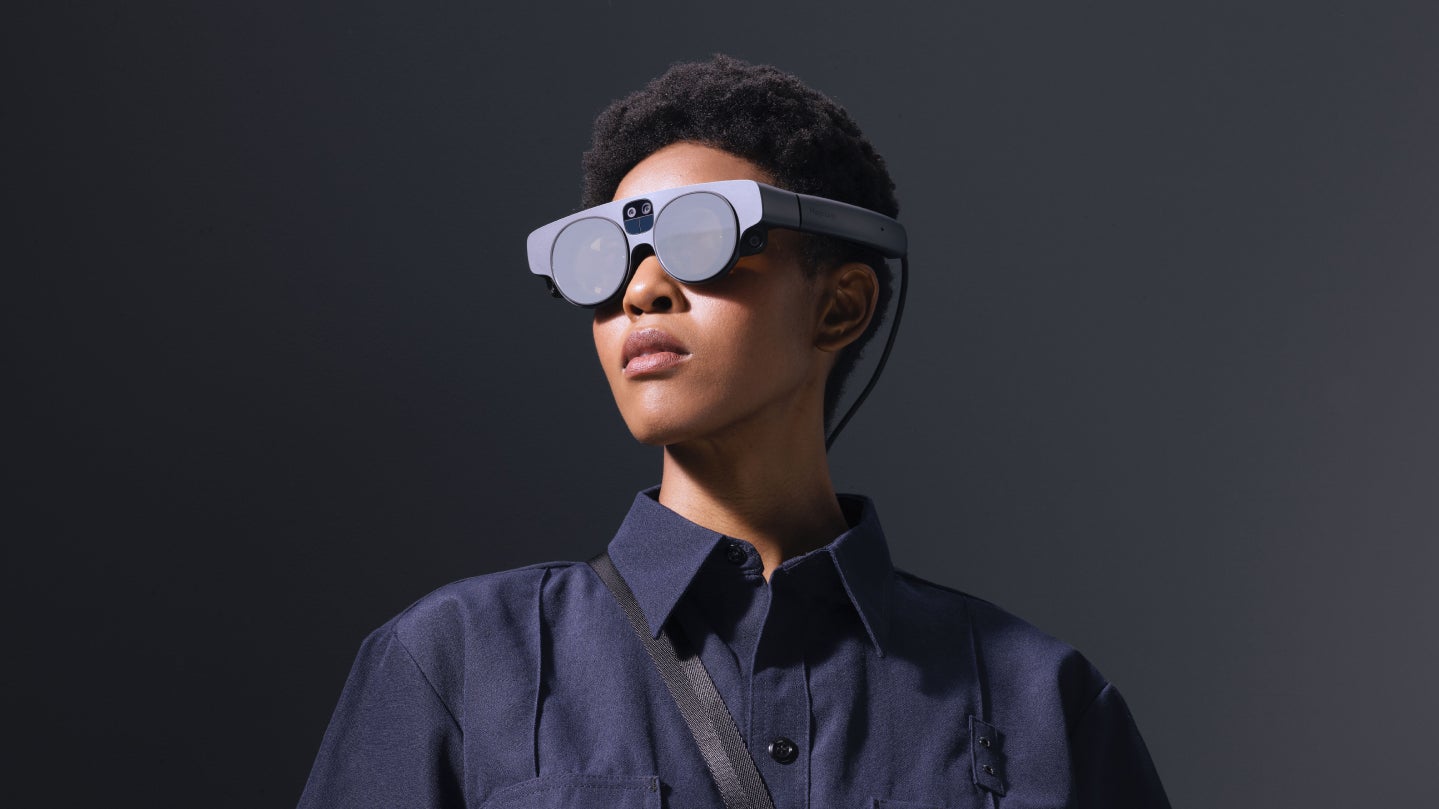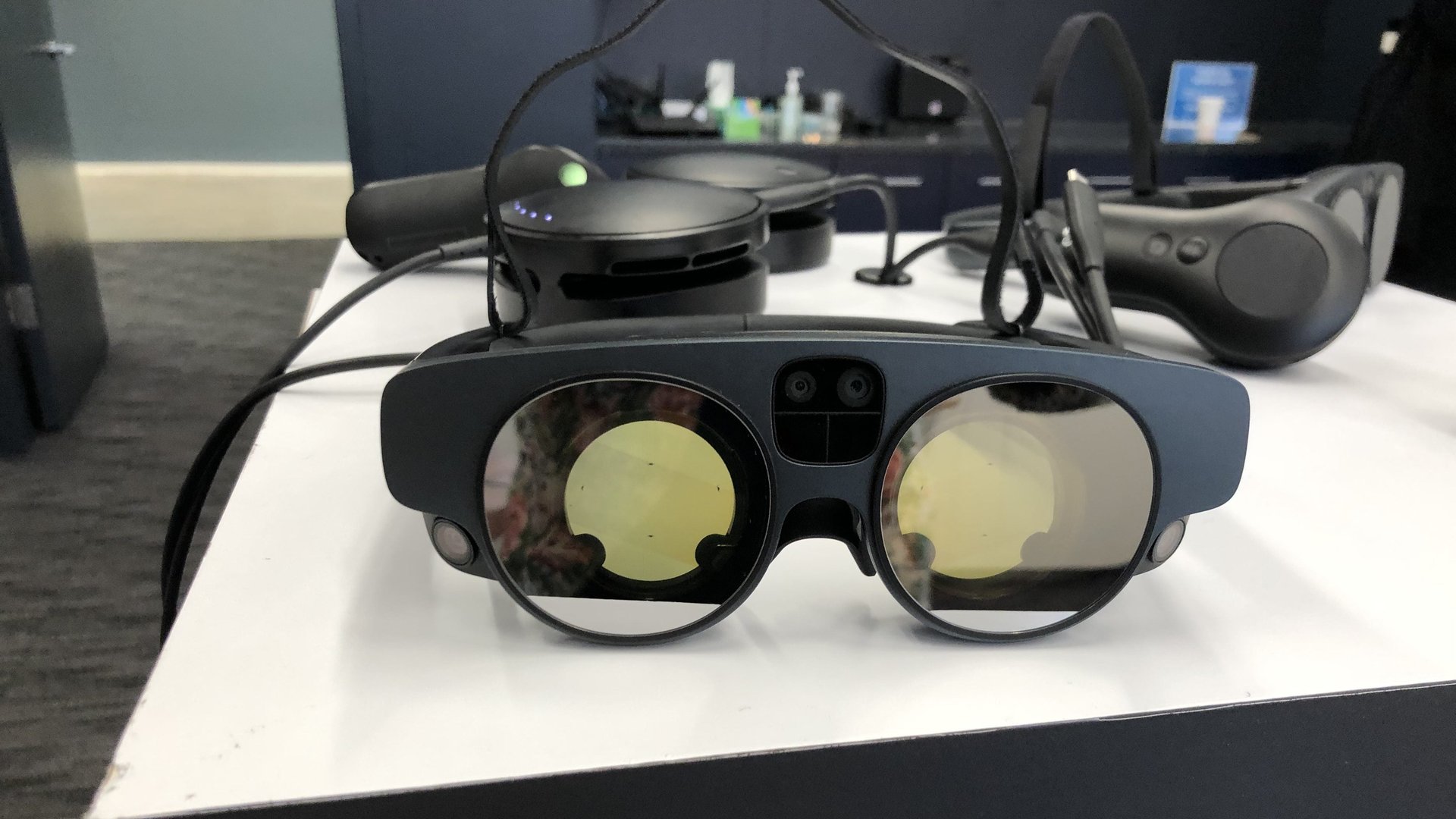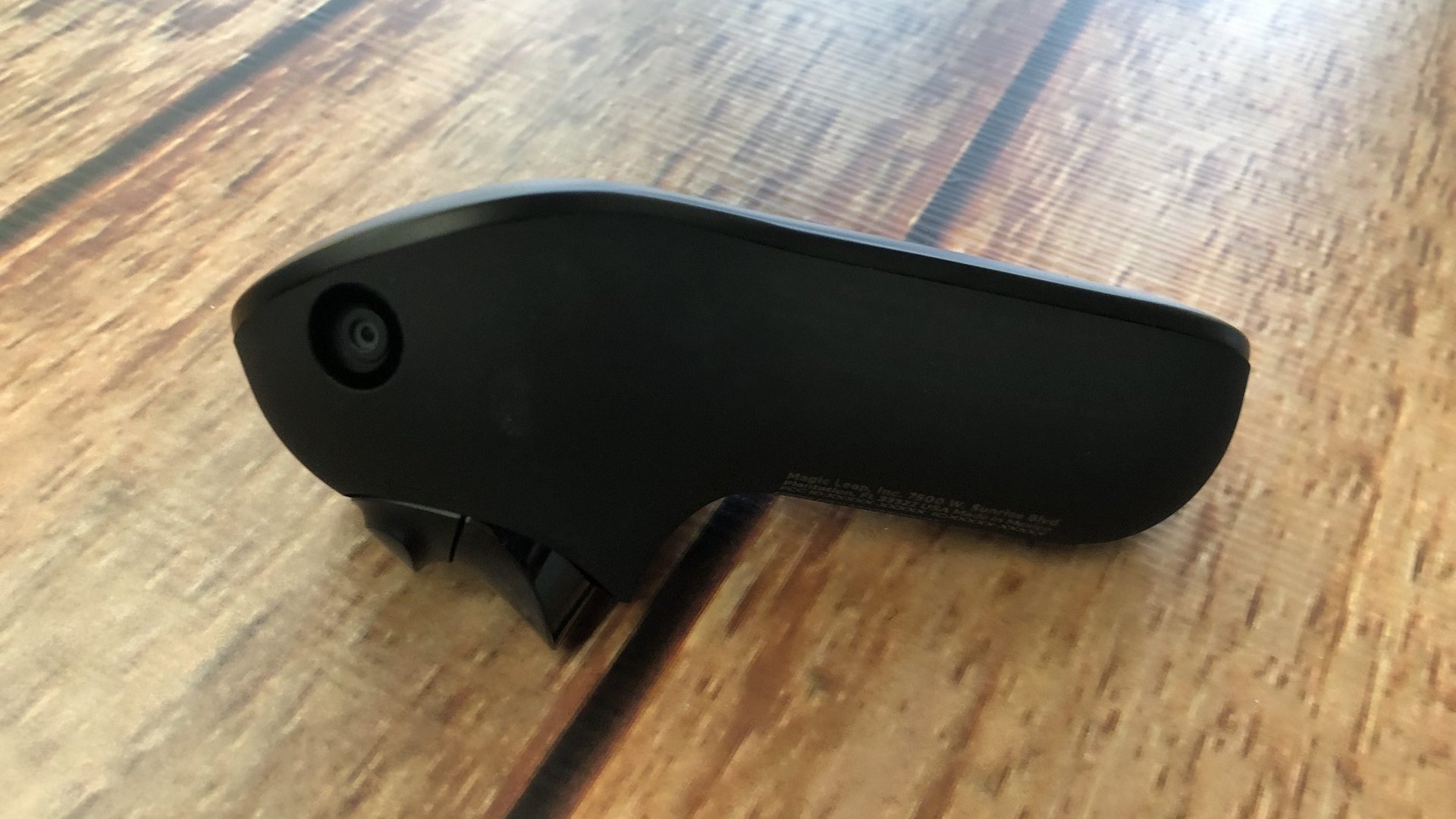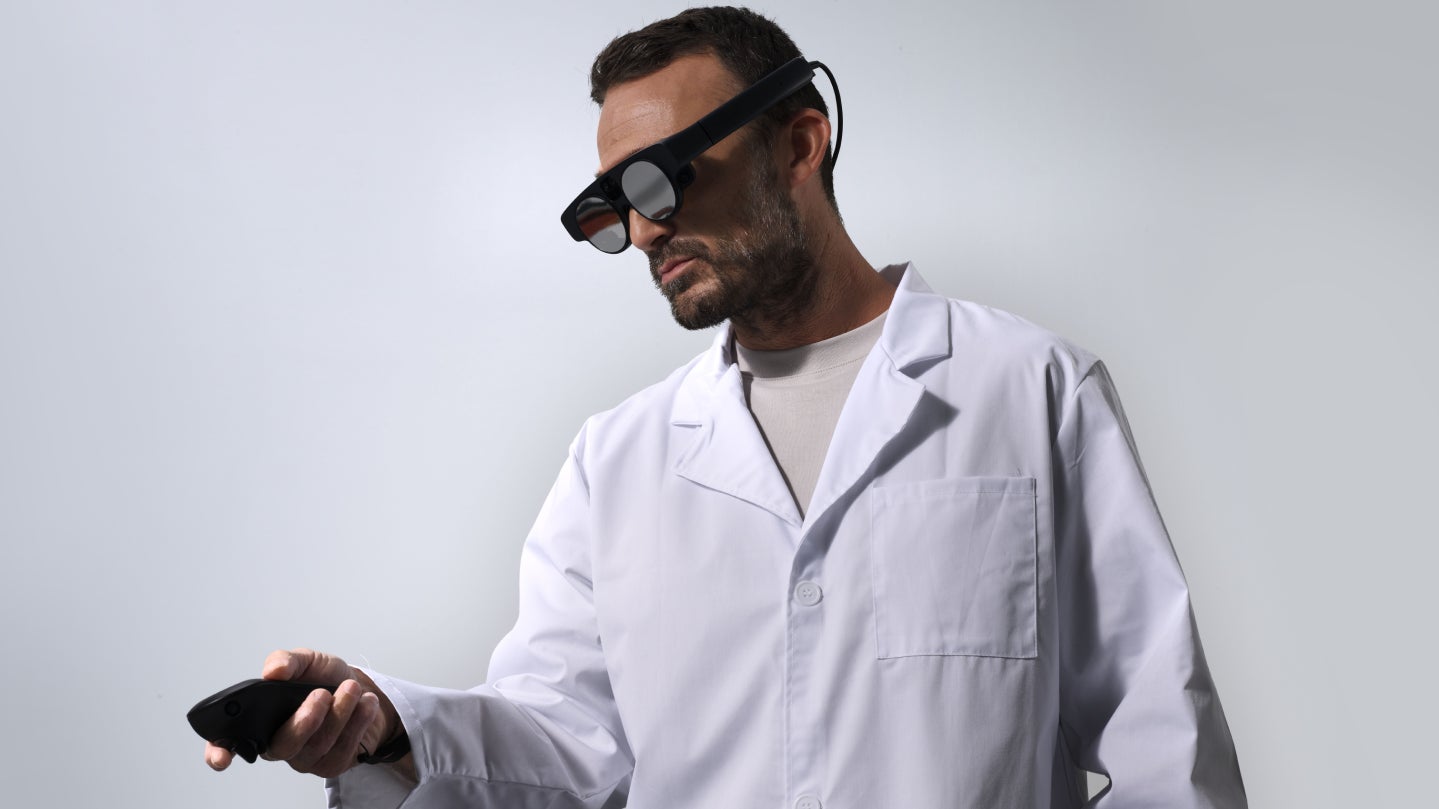The subtle, but major shift coming to AR and VR technology
Magic Leap, the augmented reality (AR) company that was near death (paywall) just a few years ago, has turned the corner from marketing its rebirth as an enterprise company to actually proving it.


Magic Leap, the augmented reality (AR) company that was near death (paywall) just a few years ago, has turned the corner from marketing its rebirth as an enterprise company to actually proving it.
The new Magic Leap 2 (ML2) AR headset has a feature called global dimming, a tool that allows the user to transition from AR, where virtual objects appear spatially situated around the real environment, to what is essentially VR, where all real-world objects are completely obscured, leaving only the virtual presentation.
There has been a great deal of conversation in the industry about a hybrid device that would mix AR and VR, and the ML2 achieves this in a way that is quick and seamless. The company isn’t overtly promoting this innovation as a VR option, but Magic Leap’s CEO Peggy Johnson acknowledges the future possibilities.

“Developers are going to come up with all sorts of interesting ways to use that feature,” said Johnson. “Much like the mobile phone, in the beginning, we couldn’t have imagined the [future] capabilities.”
The new gear
The ML2 AR headset is smaller, lighter, and more powerful than the first. It’s a viable competitor to the leading device in the space, Microsoft’s HoloLens 2.
A major change involves the wireless handheld controller, which allows the user to manipulate virtual objects placed in real-world spaces. The Magic Leap 1 (ML1) controller worked through six degrees of freedom (6DoF) electromagnetic spatial tracking.

The ML2 controller features two new camera sensors, a shift that will provide more accuracy and be better suited for factory environments than the previous controller. Like the HoloLens 2, Magic Leap also offers hand tracking without a controller, but for factory work, corporate training, and industrial design, a handheld controller is generally a more reliable method of input and control.
Unlike the first device, which required the user to wear a larger headset at an awkward angle, the ML2 can be slipped on quickly, like a baseball cap. It will be released later this year, at a price that has not yet been revealed, includes better graphics, and offers a wider field of view compared to both its ML1 predecessor, and the HoloLens 2.

Foreshadowing the future of AR and VR in the mainstream metaverse
Enterprise AR operates at the extreme edge of computing innovation, requiring advanced processor chips, and new approaches to optics technology. For those reasons, many AR advances are showing up first in the medical, military, and industrial settings.
But Magic Leap’s second act, fueled by a partnership with chipmaker AMD and a recent $500 million investment, and disengaged from the consumer space, could be a preview of how mainstream, smaller hybrid immersive computing devices function in the next five to 10 years. In theory, the same smart glasses that use AR to navigate the mobile world via virtual maps and directions, could do double duty as VR viewers at home and transition to more stationary immersive gaming and movie content.